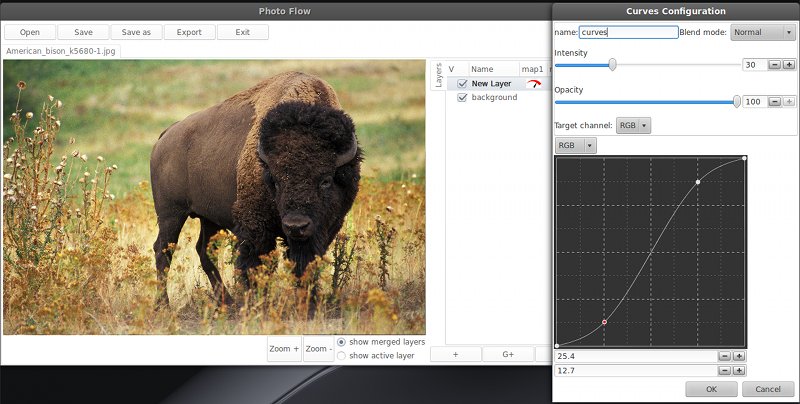
per gallon of water and blend for at least one minute.

The proportions are important as is the blending time. I’ve had few problems related to the carrageenan overall. The predominate problem I’ve had with alum, however, is user generated. If there are grainy, greyish spots or spots where there is washed out color, it’s probably due to an incomplete application of alum. Problems with alum are pretty easy to spot.

It did work, but I had a lot more papers that had alum streaks than usual. I had to try some from a bulk food store that was just labeled “alum”, not “pickling alum”. I’ve read many times that you should not use grocery store alum for marbling, but only buy that expressly labeled for marbling. I have some lovely pieces on very heavy weight paper, but haven’t figured out a use for them yet, other than framing! When I need a large colored paper, I use Pastel paper, either Strathmore or Canson Mi-Teintes. For use in my books, I try to stay within the 90gsm to 120gsm range. Almost all the the new paper I buy is acid-free, but I have stashes of print and watercolor paper that belonged to my Mother and they all have some acid content, as do the maps and book pages I use.įor my standard marbling, I use Strathmore or Canson drawing paper. Another quirk I’ve noticed is that slightly acidic paper seems to produce brighter and crisper marbling. Although I always rinse my marbling before hanging, I’ve found that a residue of carrageenan remains on the paper which seems to strengthen old paper. Hanging weak paper, of any age, may tear the corners. It may need to be laid flat on a towel to dry, rather than being hung. Antique paper, like pages from 19th century books, can be marbled if you handle it gently. With anything that doesn’t bend, like mat board, I dunk the starting corner to keep the rest going smoothly. If I switch paper weights, I find I have problems with the first ones until I get into the right rhythm. I tend to catch bubbles on heavier papers because they don’t roll down as smoothly.

When I lifted it from the marbling tray, it shredded.ĭifferent weight papers may require slightly different techniques. It lay down on the tray well, but just wasn’t strong enough to hold the paint. The second wipeout was a heavy “cloth-like” paper napkin. Slick magazine pages are very iffy, they might work, but they might not. Some color did stick, but it was very messy. The first was a very slick brochure, both the alum and paint tended to slide off. You can marble almost any kind of paper, but the results will vary. This will probably take several blogs and may be interspersed with other commentary.įirst comes the paper.
#Using photoflow for marbling wood how to#
After all the papers are dry at the end of a marbling session, the first thing I do is to sort my papers into piles – saleable, usable, disaster and that rarity, perfect.įor my own clarification and maybe to help new marblers, I am going to try to look at the places where marbling can go wrong and maybe how to fix it. There are so many things that can go wrong and so many variants that sometimes it’s hard to figure out where the problem occurred. It doesn’t happen as frequently as I’d like, but it does happen. One of the most satisfying experiences I have when I’m marbling is hanging a finished sheet and realizing it is perfect.


 0 kommentar(er)
0 kommentar(er)
